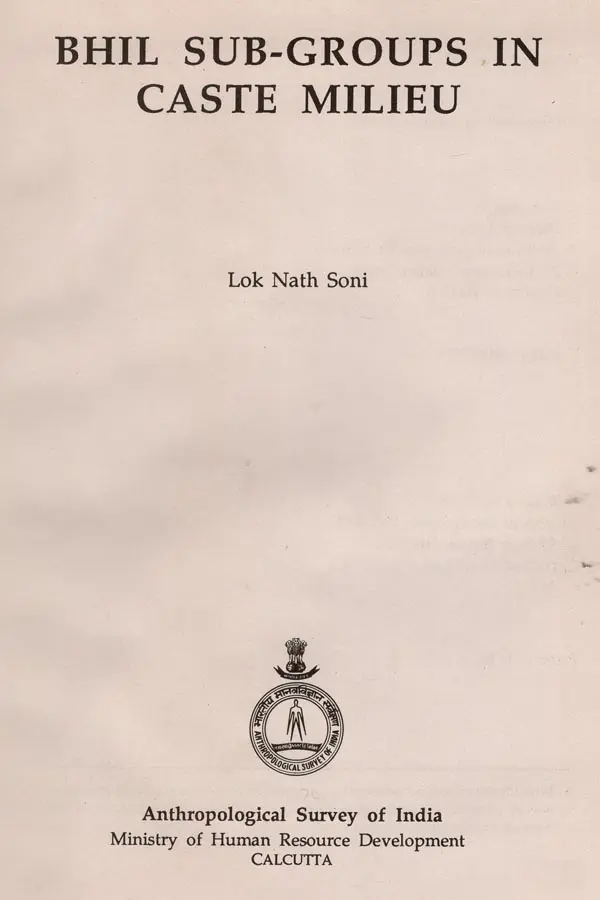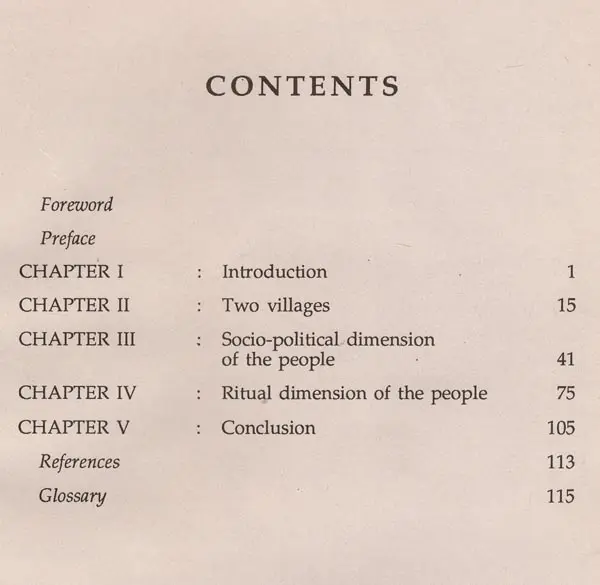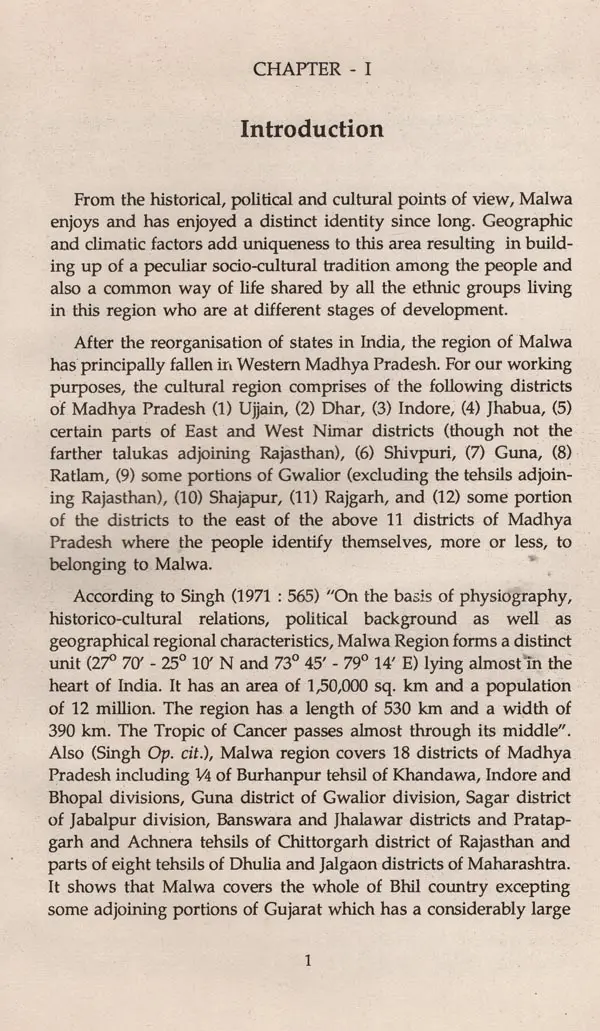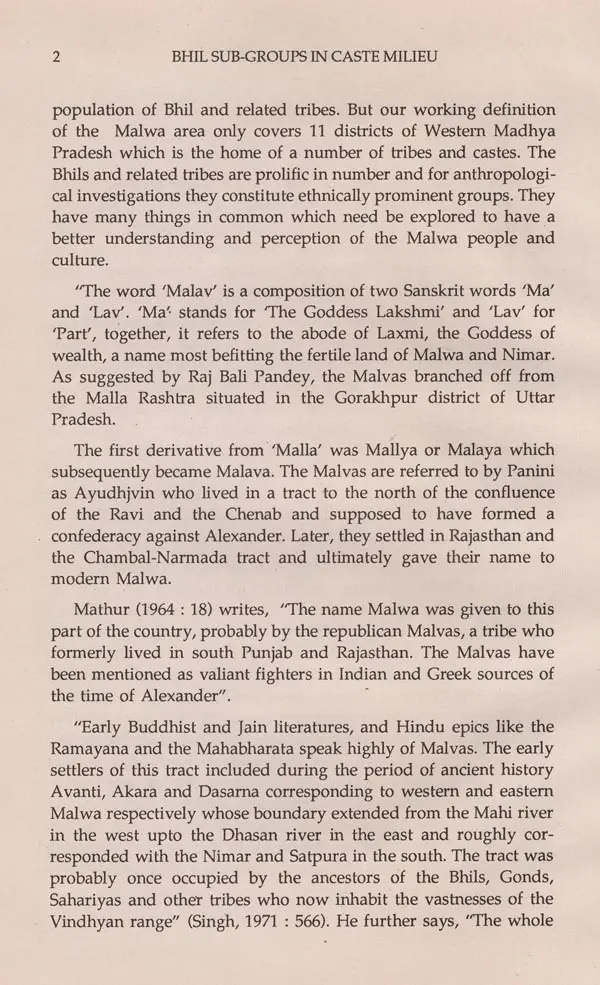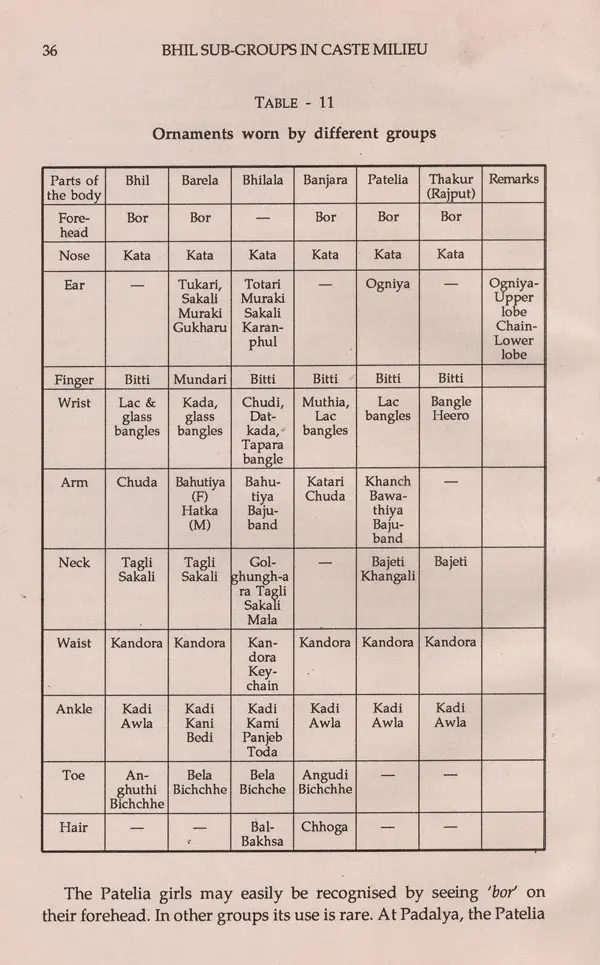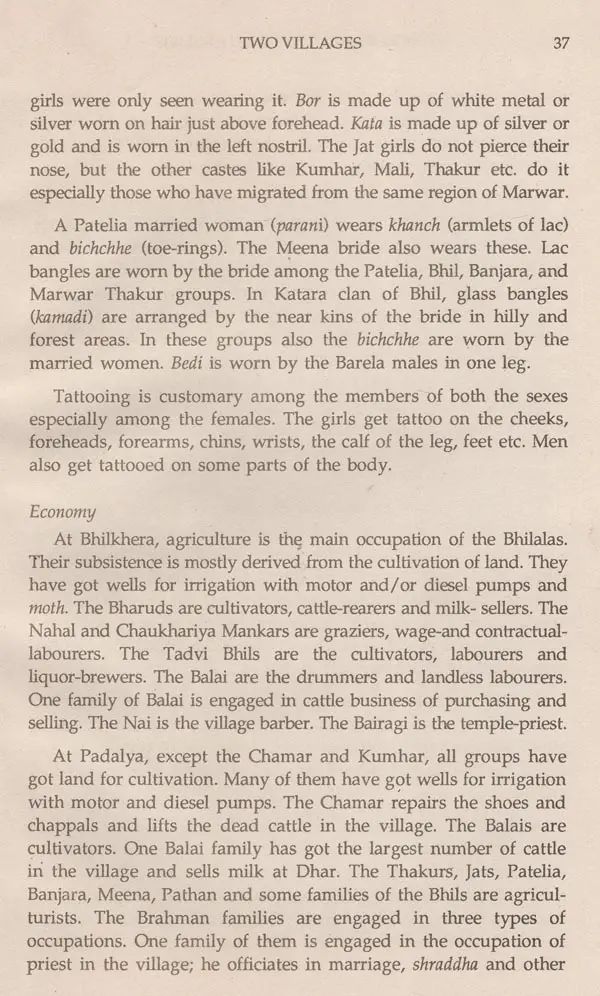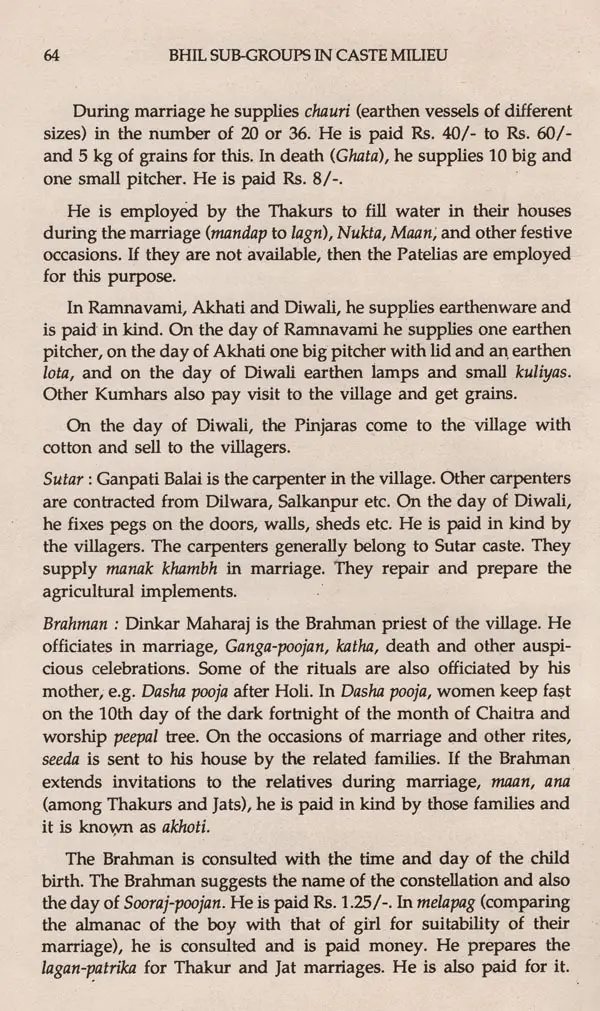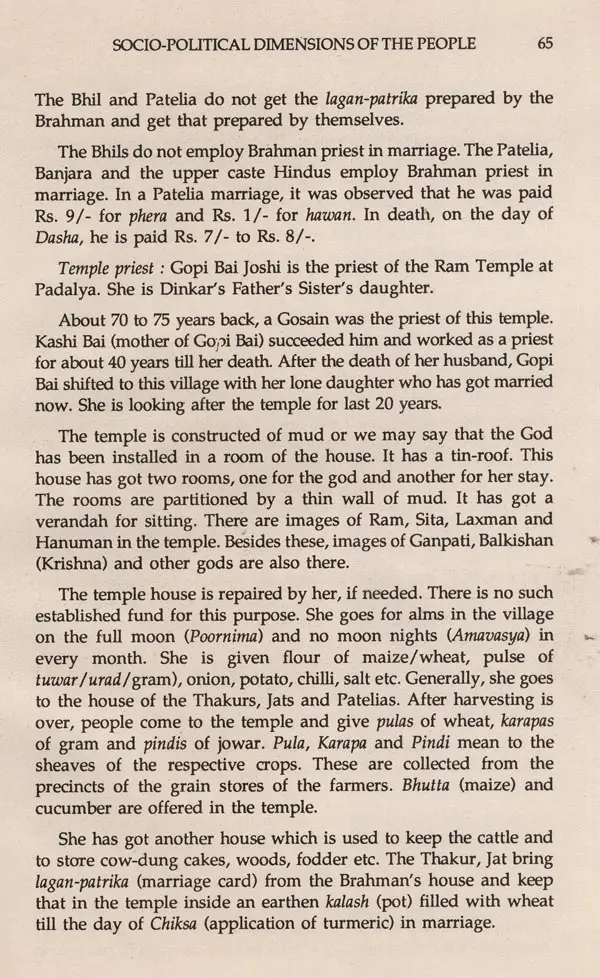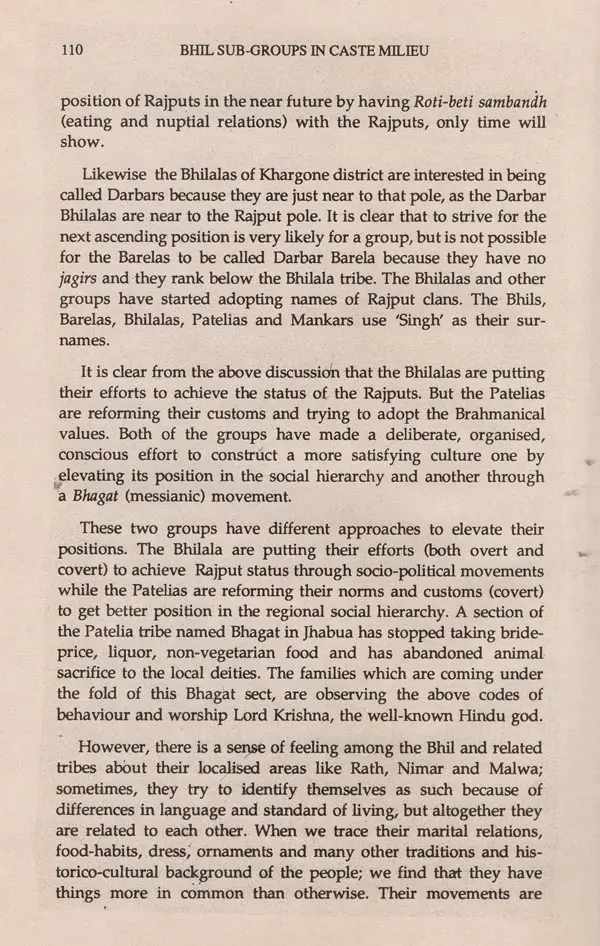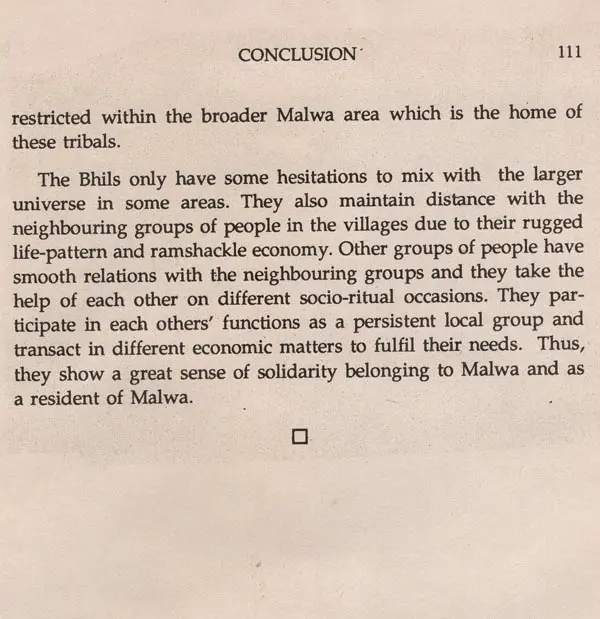About the Book The book covers the various sub-groups of the Bhil, the second largest tribe of India, inhabiting the Malwa region of Madhya Pradesh. The lifestyle and the folkways of the Bhil sub-groups have been lucidly portrayed with special refer- ence to their interaction with other groups of people in the same milieu. It also highlights the split of various subgroups of the Bhil from the Bhil mainstream alongwith the trend of upward mobility in the caste scale to elevate their status in the regional caste hierarchy. A brief account of present state of affairs of the Bhil and related tribes vis-a-vis others in the region and various patterns of affiliation of these tribal groups with the neighbouring caste people in the area with in-depth study of two representative villagees viz. Bhilkhera and Padalya, are also delineated.
About the Author Dr. Lok Nath Soni (b. 1948) did his MA (Anthropology) in 1971 from Ravishankar Univer- sity, Raipur (M.P.) and Ph.D. from the same University in 1979. He has conducted fieldworks in Madhya Pradesh, Maharashtra, Goa, Gujarat and Rajasthan on various com- munities. This book is an outcome of one of reports based on these field investigations. Dr. Soni is Life Member of In- stitute of Social Research & Applied Anthropology, and In- dian Anthropological Society, Calcutta. He has published over 30 research papers in various journals of anthropology and in several edited volumes. He attended many seminars and symposia. Social structure and stratification, tribal economy, environmental anthropology and museology are the main areas of his interest.
Currently he is Keeper in Central Museum of Anthropological Survey of India, Calcutta.
Foreword The Bhil are spread over a large territory of western India comprising southern Rajasthan, western Madhya Pradesh, Gujarat and Maharashtra. They are also found in Tripura as migrant labourers in tea gardens and in Karnataka and Andhra Pradesh. The Bhils form the second largest tribal group of India. Along with various subgroups they have a population of 7,367,964 (1981 census) constituting 14.28 per cent of the total tribal population of India. The Bhils have been heterogeneous, territorially segmented and each of the territorial segment has an internal order of heirarchy.
Preface India is a land of unity in diversity. Its beauty lies in its people having variations in customs, traditions, mores, speech, seasons, food habits and other cultural and material aspects such as dress, ornaments etc. It has also different cultural, linguistic and geographical zones. This diversity is manifested by environmental and social orientations which interplay side by side and define the role of the individuals as well as the communities, particularly the tribals, in those conditions in which they live; and we find a number of discrete social groups belonging to various tribes, castes and communities in India. The scheduled tribes constitute 7.76 per cent of the total population of India according to 1981 census. The Bhil, one of the largest tribes in India, alongwith its various subgroups has an underlying current of cultural unity. Due to a variety in historical experience and impact of widely different forces of change, various subgroups of the Bhil have now acquired distinct identities of their own. This leads to an anthropologically interesting situation which was worth studying. This study shows how Bhil subgroups are carved out of larger groups and throws light on various patterns of affiliation of these tribal groups with the neigh- bouring caste people in the area.
Book's Contents and Sample Pages
